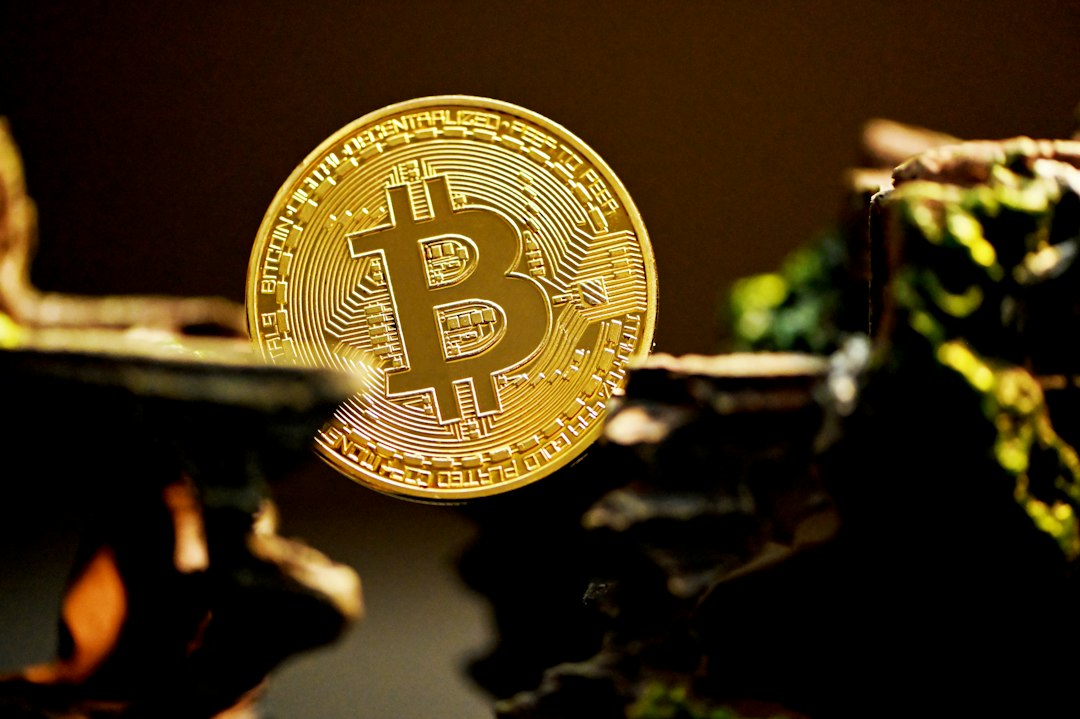Bitcoin mining difficulty reaches a new all-time high of 61.03 trillion hashes
Bitcoin miners are constantly competing to discover the next valid block by generating Proof of Work (PoW). The recent adjustment to Bitcoin mining difficulty has made the competition even tougher and reduced profitability.
When a miner discovers a valid block, they have the right to collect the block subsidy of 6.25 BTC and add Bitcoin transactions to the block. They then broadcast it to other nodes to confirm these transactions.
The chances of finding a valid block increase with a higher hashrate. To maintain a 10-minute block discovery interval, the mining difficulty is adjusted every 2,016 blocks or approximately every two weeks.
This adjustment creates a dynamic where an increased hashrate requires even more hashrate to find the next block, making it harder to mine BTC. Conversely, a decreasing hashrate reduces the mining difficulty.
Bitcoin mining gets more expensive as mining difficulty increases
The most recent difficulty adjustment on October 16 set a new all-time high for Bitcoin mining difficulty at 61.03 trillion hashes.
The current average daily network hashrate is 450 EH/s according to data from mempool.space. Bitcoin mining is becoming more difficult over time, leading to greater centralization in a few large mining pools.
AntPool, owned by Bitmain, is one of the largest Bitcoin mining pools and is competing with Foundry USA for block discovery. Bitmain recently fired three employees for disclosing their salaries and failing to pay bonuses.
The aggressive increase in hashrate has led to more frequent adjustments in less than a two-week period, increasing the cost of Bitcoin mining.
The effects on Hashprice Index and challenges for Bitcoin miners
The Hashprice Index, which measures the expected return for each TH/s of hashrate contributed to the network, has been affected by the increasing mining difficulty. The index has reached a 5-year low in USD.
Bitcoin miners are facing challenges as the constant increase in mining difficulty has made it more expensive to mine BTC. This favors larger players with easier access to capital, ASICs, and cheap energy.
Hot Take: Bitcoin mining becomes increasingly challenging and costly
Bitcoin mining difficulty has reached a new all-time high, making it harder and more expensive for miners to compete. With the increasing hashrate and centralized mining pools, smaller miners face significant challenges. The Hashprice Index reflects the impact of rising mining difficulty on profitability, reaching a 5-year low. As mining becomes more difficult, larger players with greater resources gain an advantage, leaving smaller miners at a disadvantage. The future of Bitcoin mining will likely continue to favor those with substantial capital and access to efficient mining equipment and energy sources.





 By
By
 By
By

 By
By
 By
By
 By
By